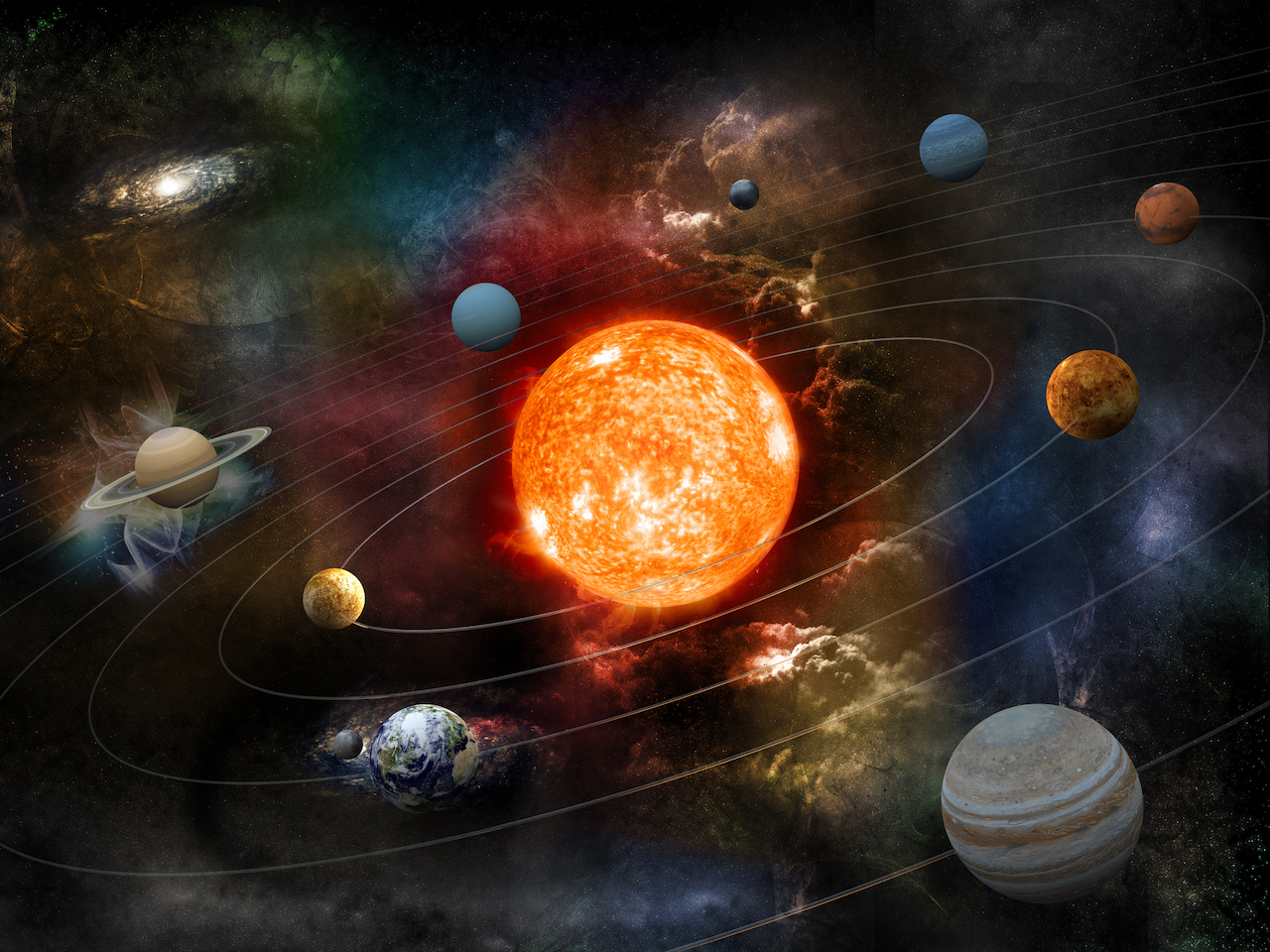"The Dance of Planets: Unveiling the Marvels of Heliocentric Orbits"
For centuries, humanity gazed up at the night sky, pondering the mysteries of celestial motion. The heliocentric model, introduced by Nicolaus Copernicus in the 16th century, shattered the prevailing geocentric beliefs and revolutionized our understanding of the solar system. In this article, we embark on a journey to explore the captivating realm of heliocentric orbits, unraveling their significance and the profound impact they have had on our perception of the universe.
The heliocentric model proposed by Copernicus challenged the
ancient belief that the Earth was the center of the universe. Instead, he
presented a radical idea, which the Sun, not the Earth, was at the center, with
the planets, including our own, revolving around it. This groundbreaking shift
in perspective not only had scientific implications but also sparked debates on
religion and society.
Then Johannes Kepler, a mathematician and astronomer,
further defined the heliocentric model by formulating his laws of planetary
motion. His first law revealed that planets move in elliptical orbits around
the Sun, with the Sun situated at one of the foci of the ellipse. The second
law, known as the equal area law, states that a planet sweeps out equal areas
in equal time intervals, resulting in varying orbital speeds. Lastly, Kepler's
third law, the harmonic law, establishes a relationship between a planet's
orbital period and its distance from the Sun.
Sir Isaac Newton's laws of motion and universal gravitation
provided the theoretical framework to explain the mechanics behind heliocentric
orbits. Newton realized that the gravitational force between celestial bodies,
such as the Sun and the planets, governed their motions. He demonstrated that
the force of gravity keeps planets in their orbits, balancing their tendency to
move in straight lines due to inertia.
Celestial Mechanics:
The interplay between celestial bodies and their orbits is a
complex dance governed by fundamental principles. Orbital parameters, such as
eccentricity (deviation from a perfect circle) and inclination (tilt of the
orbit), determine the shape and orientation of heliocentric orbits.
Additionally, gravitational assists, where a spacecraft uses the gravity of a
planet to change its trajectory, and Lagrange points, where gravitational
forces balance, play essential roles in space exploration.
Heliocentric Orbits and Space Exploration:
Heliocentric orbits are vital for space missions beyond
Earth. Interplanetary travel exploits gravitational assists to conserve fuel
and reach distant destinations more efficiently. Spacecraft can slingshot
around planets, gaining speed and altering their trajectories. Heliocentric
observatories, such as the Parker Solar Probe and the Hubble Space Telescope,
provide unique vantage points for studying the Sun, planets, and other
celestial phenomena.
Beyond Heliocentric Orbits:
While the heliocentric model has significantly advanced our
understanding of the cosmos, there are still mysteries to unravel. Scientists
now explore exoplanets, planets orbiting distant stars, to expand our knowledge
of planetary systems and the potential for life beyond our solar system. These
discoveries challenge us to refine our understanding of orbital mechanics and
the diversity of heliocentric orbits across the universe.
The heliocentric model has transformed our perception of the
universe, offering a deeper understanding of celestial motion. Copernicus,
Kepler, and Newton paved the way for ground breaking scientific discoveries,
showcasing the elegance of heliocentric orbits and the fundamental role of
gravity. As we continue to explore space and unravel its mysteries, the
heliocentric model remains a cornerstone of our quest for knowledge, reminding
us of the beauty and complexity of the cosmos.

Comments
Post a Comment